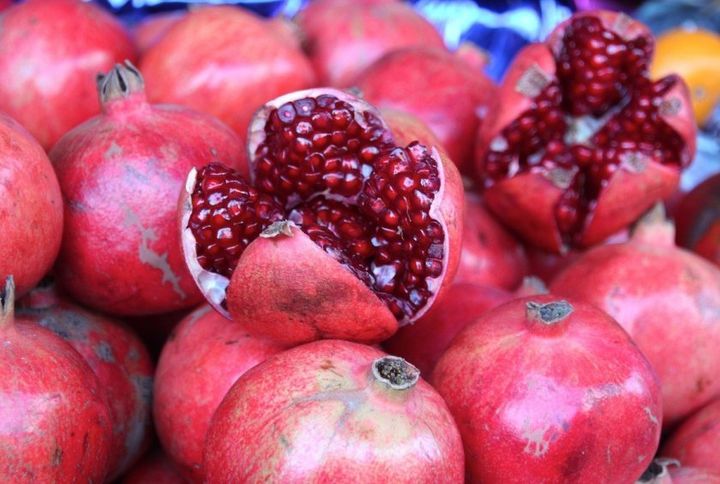
Fall offers a tremendous variety of fruits and vegetables, but many of these healthy, seasonal gems are upstaged by the ubiquitous gourds. Pumpkin and butternut squash have their own benefits, but their nutrition profiles pale in comparison to some of autumn’s other offerings. Fibrous vegetables and vitamin-packed fruits are abundant, but can be intimidating if you don’t know how to cook them.
RELATED TO FALL SUPERFOODS
Cooking certain fall foods requires a little more culinary know-how. Some of these seasonal foods, like parsnips, turnips, and pomegranates, may look misshapen or bizarre, but cooking them properly unlocks a whole new dimension of flavor. After tasting the sweetness of a roasted turnip or the smoothness of a parsnip purée, you will boldly return week after week to your local farmers market in search of new edible treasures. Eating foods that are in season is the perfect way to keep your diet fresh and interesting.
Here are nine essential fall superfoods and how to cook them.

Apples embody autumn, but did you know that these crisp, sweet, colorful fruits mightactually keep the doctor away? The apple’s balance of natural sugar and fiber gives it a low score on the glycemic index, a scale that tracks how quickly a food’s sugars are converted to glucose within the body. (Foods with lower glycemic index levels are less likely to spike blood sugar levels.) Apples are also versatile: They can be snacked on raw, baked, our sautéed, making them ideal candidates for pies, crisps, sauces, and strudels.

Children’s infamous disdain for Brussels sprouts has cast a shadow over this healthy fall superfood. A cup of this vegetable contains only 38 calories but provides an entire day’s worth of vitamin C. When they’reroasted in the oven or glazed with maple syrup, miso, and sesame seeds. , Brussels sprouts become a delectable side dish even your kids will enjoy.

Cauliflower has become a popular ingredientreplacement for recipes that call for potatoes or grains, and to turn into things like dirty "rice" and pizza crust. White cauliflower is the most popular, but there are several other varieties such as orange, green, and purple, each containing a slightly different nutrient makeup. White cauliflower contains a cornucopia of vitamins and minerals including folate, and vitamins B6, C, and K. It’s also being researched for its phytochemical compound, isothiocyanate,which has been linked to destroying certain cancer cells. However, to fully take advantage of cauliflower’s healthy properties, avoid boiling it — which kills a large proportion of the phytochemicals — and try steaming or roasting it instead.

When you think of fall foods, grapefruit rarely comes to mind, but California grapefruit is at its peak quality in October. The nutritional benefits of grapefruit are immense, with one large fruit containing 120 percent of your recommended daily intake of vitamin C. Check out all of these recipesto see how you can incorporate more of this citrus superfood into your diet, but just be careful not to mix grapefruit with some prescription drugs.
